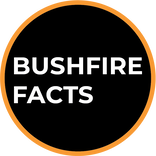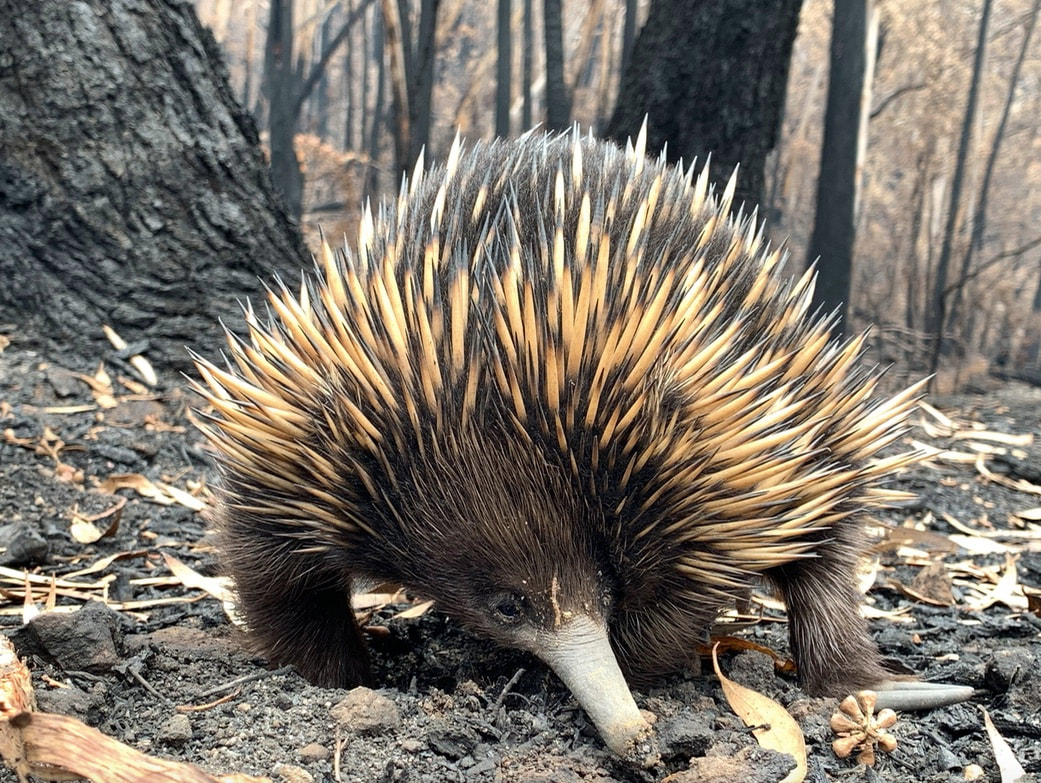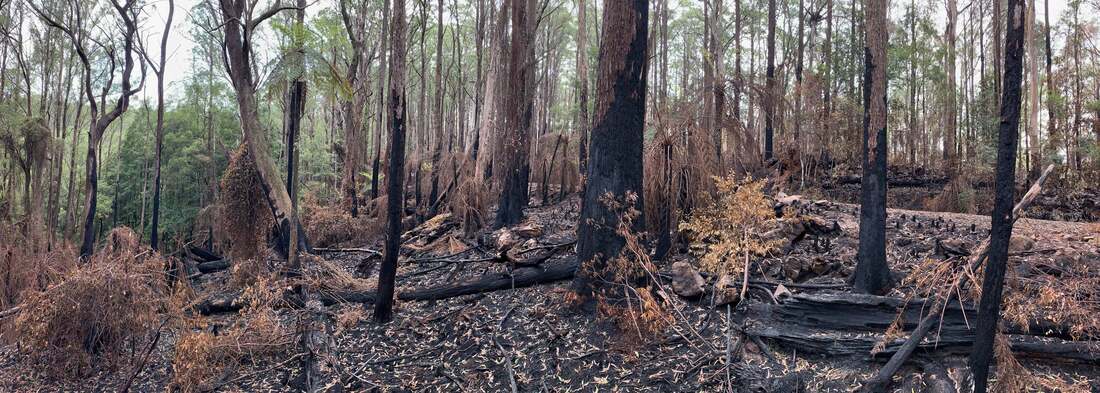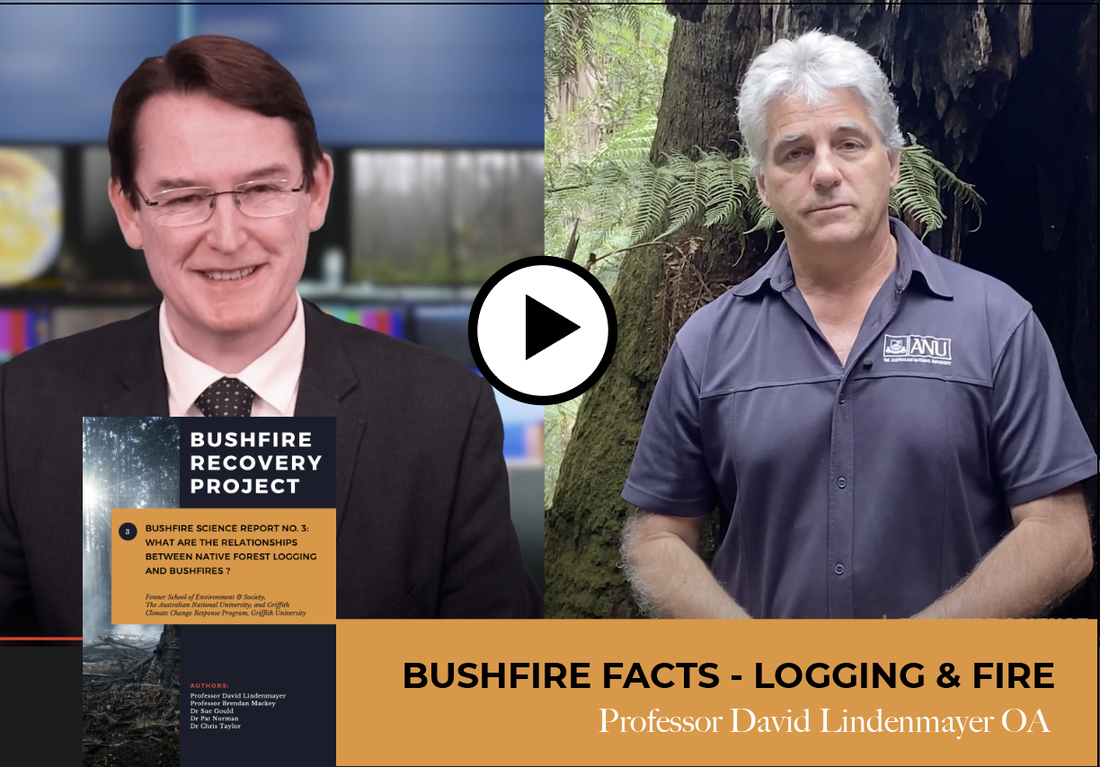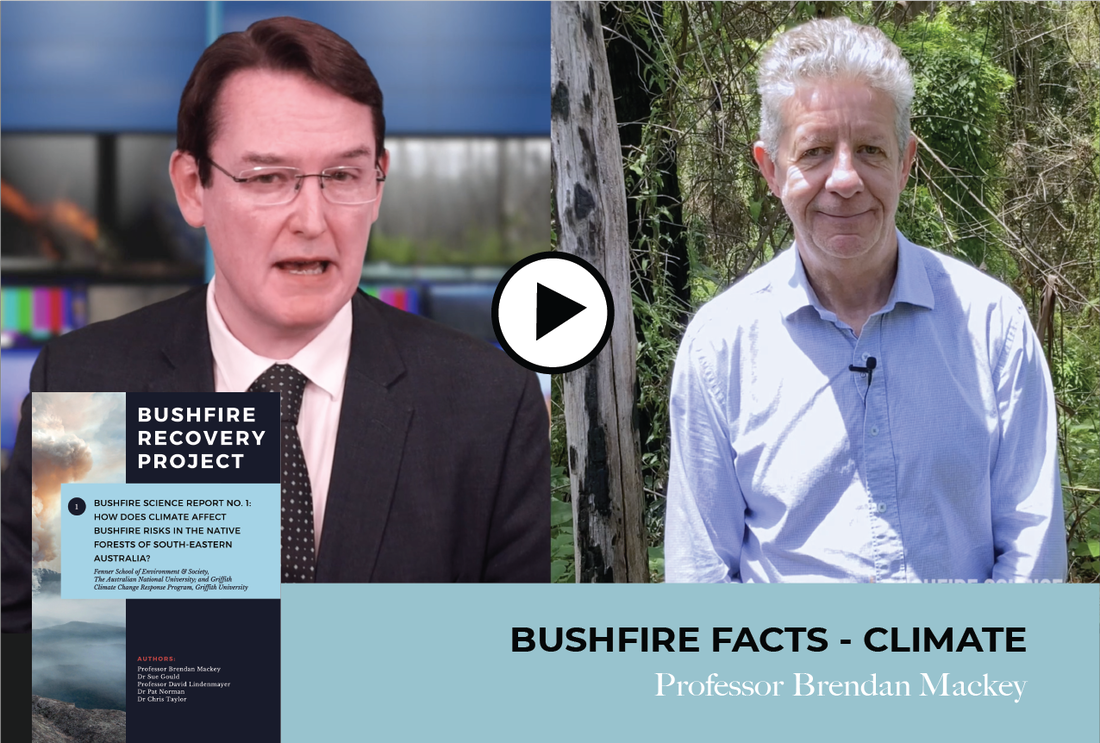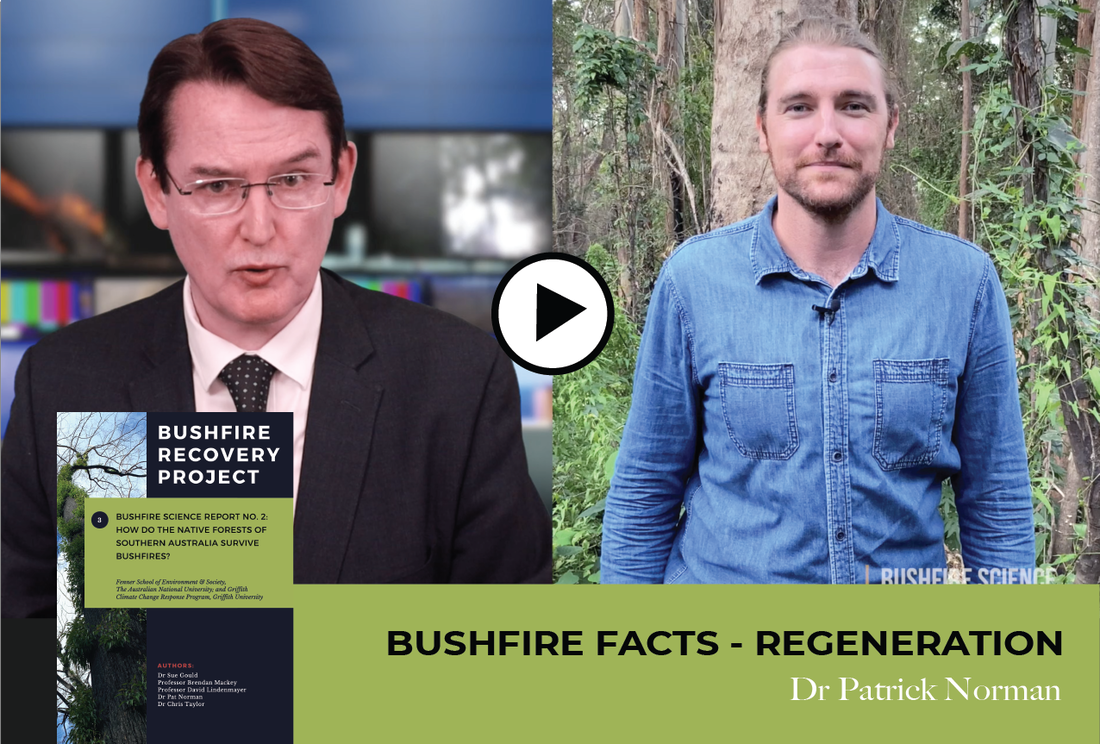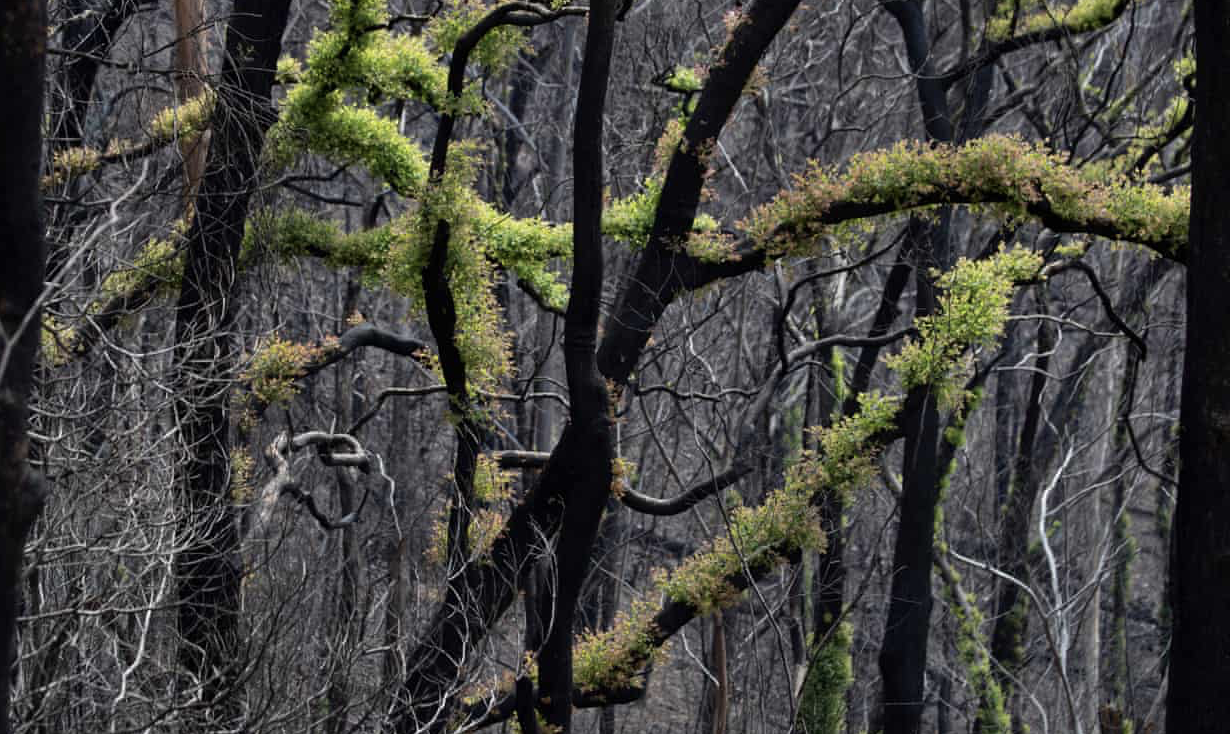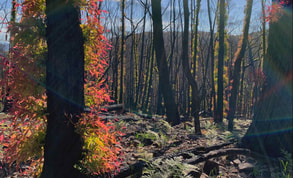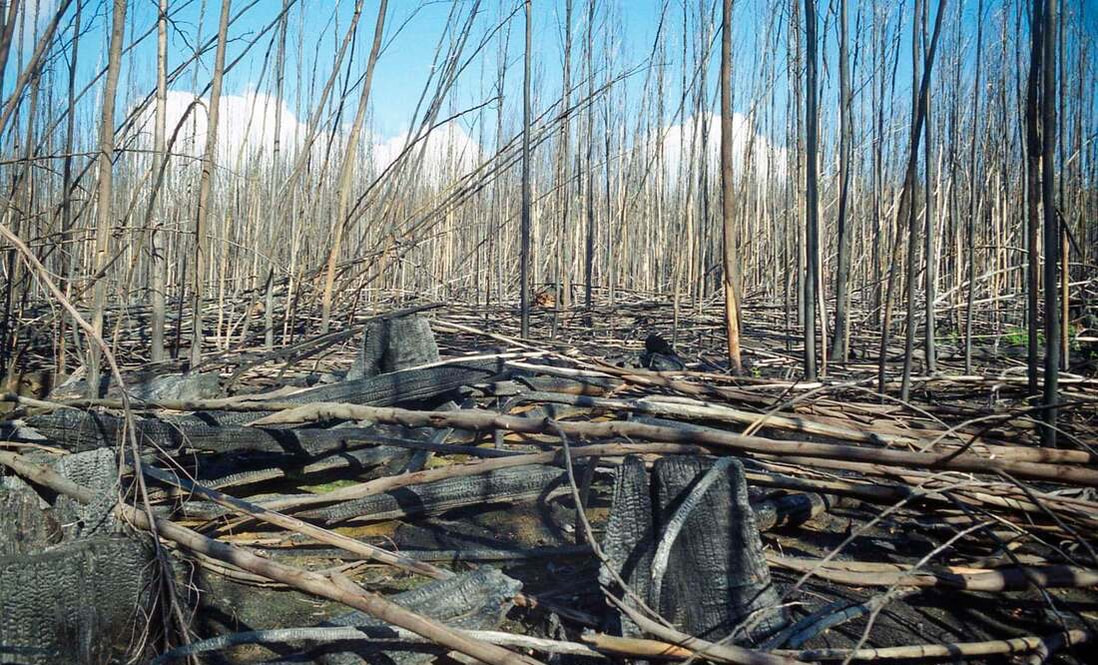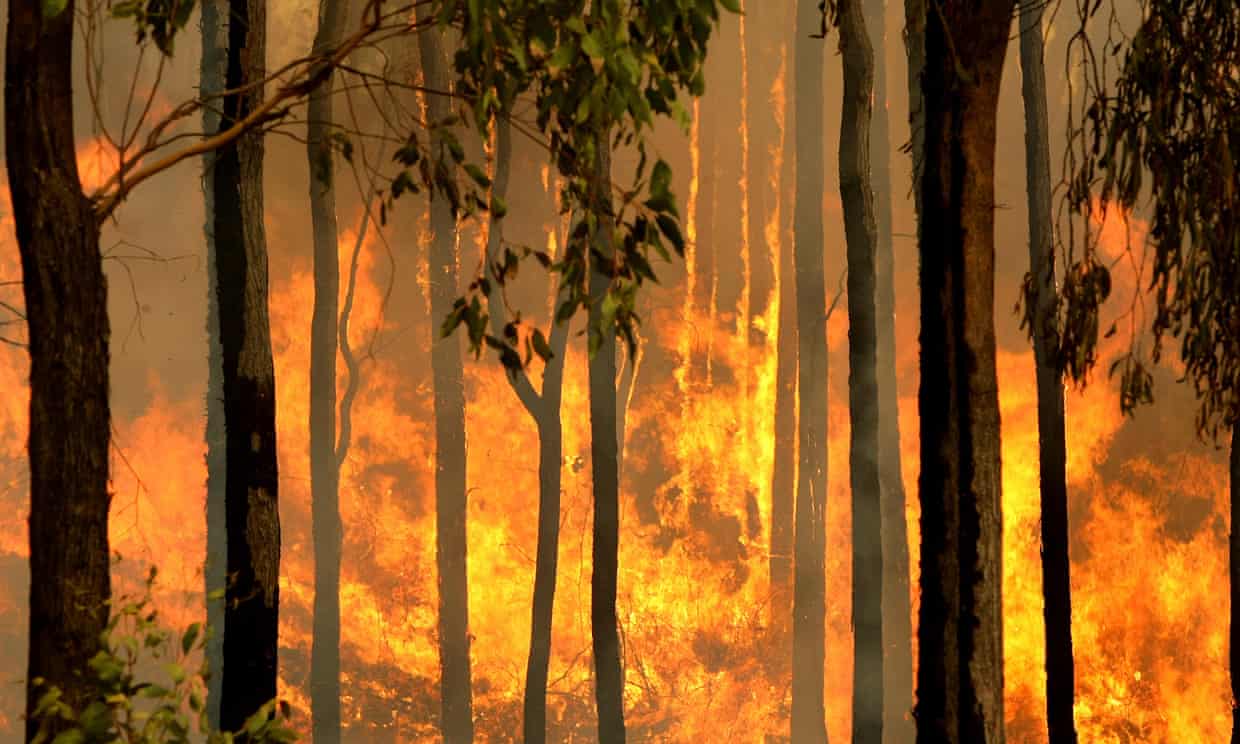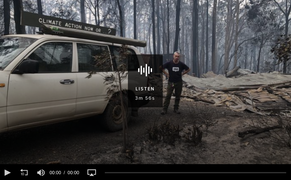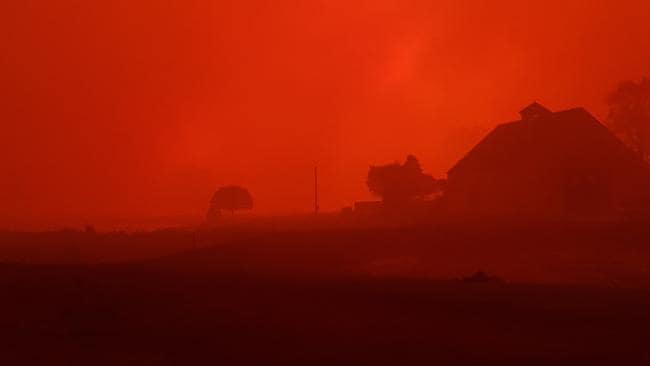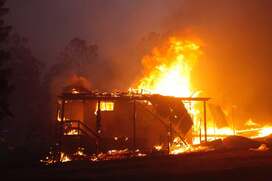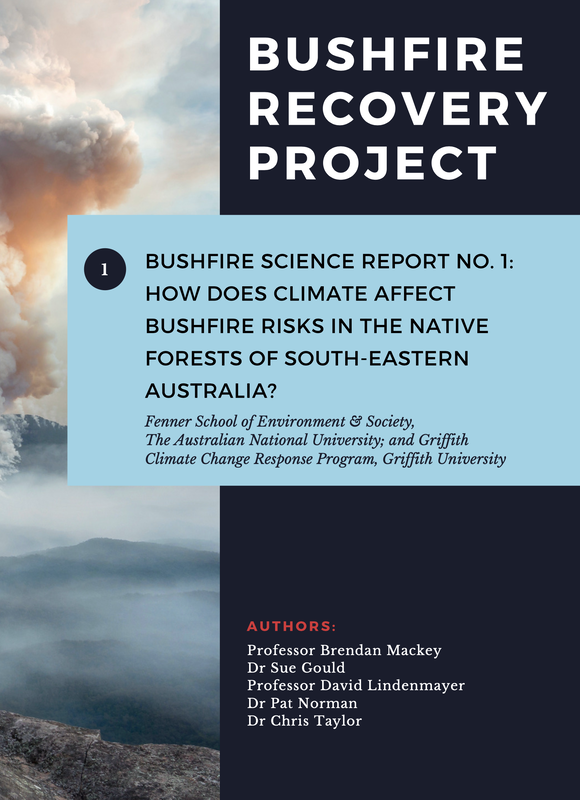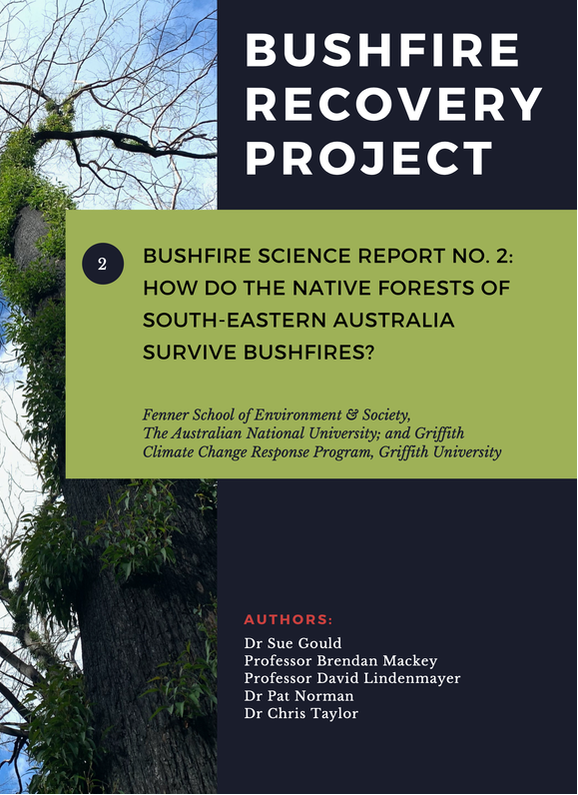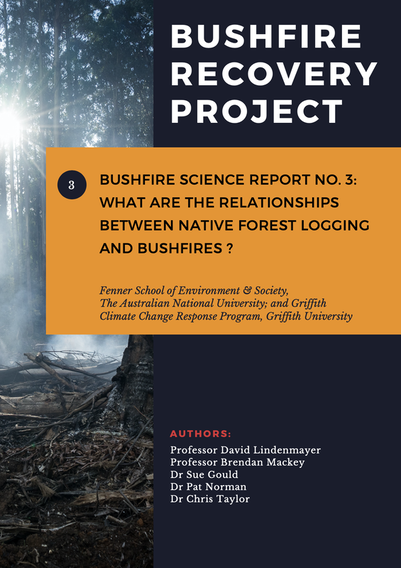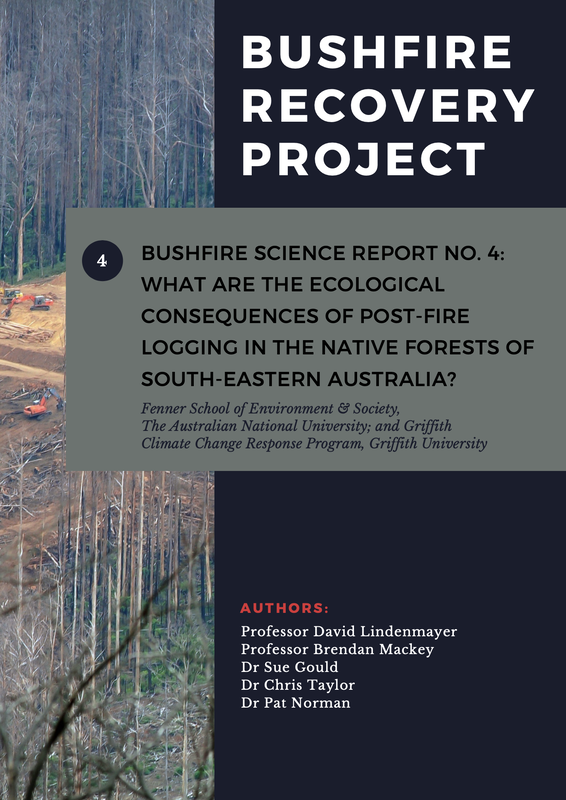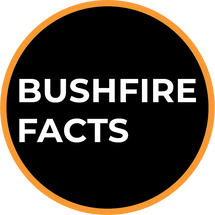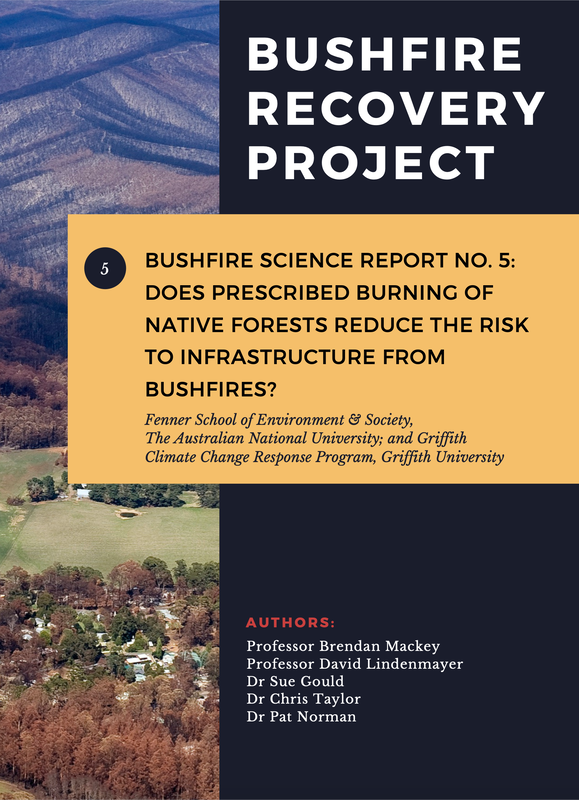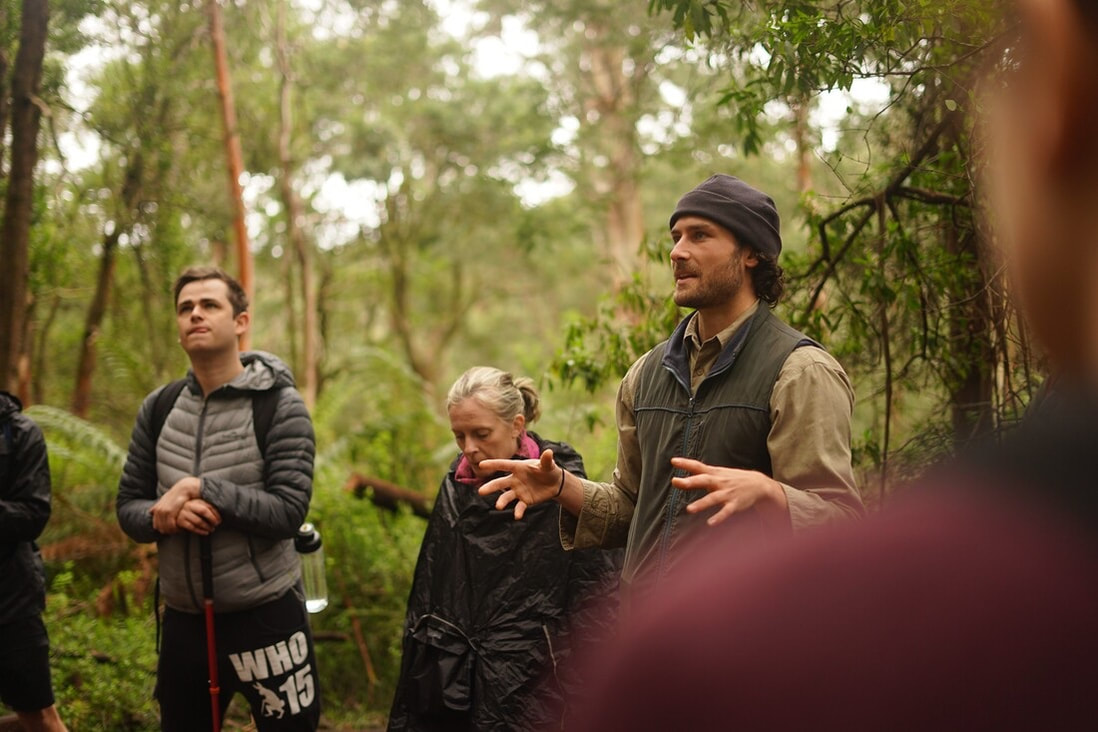BUSHFIRE FACTS: The Basis For Our ResearchThe 2019-2020 burnt an almost continuous 1,160 km from south east Queensland to eastern Victoria, encompassing 7.04 million hectares of land, of which 5.7 million hectares of forest and woodland was burnt, devastating Australian communities and killing and injuring an estimated three billion animals. In the aftermath, it is more critical than ever for us to develop a better understanding of how bushfires behave and how we can manage our landscapes more effectively to ensure resilience for our forests and wildlife in a rapidly changing climate.
To provide a science informed response to the bushfires that optimises wildlife and landscape recovery, whilst ensuring better management of our forests into the future, Australia’s leading forest and fire academics are engaged in a large-scale, multi-tenure research effort. This website contains their key research findings, information and data. |
VideosIs there a relationship between logging and bushfires? Professor David Lindenmayer AO answers our questions. Download the report and fact sheet.
The 2019-2020 spring and summer bushfires were unprecedented. What drove this and what can we expect going forward? Professor Brendan Mackey answers our questions. To understand more, read more here or download the report and fact sheet.
Are Australia's forests recovering after Black Summer? In this short interview, Jon Dee asks a series of questions of Griffith forest ecologist Dr Patrick Norman on the health and recovery of the nations forests after the horrendous 2019/20 summer fires.
The authors of this work pay their respects to the traditional custodians of the country they have included in these studies and respect their knowledge and wisdom, their elders and leadership.
|
Media
ReGenerationSubalpine regions struggle to recover after 2019-20 bushfires as eucalypt forests fare better
The Guardian 'Massive concern' for forests' long-term recovery after Black Summer
SMH.com.au |
logging |
|
BurningBushfire risks heat up, demanding new take on fuel load management
SMH.com.au |
Bushfire Recovery Reports
|
The Bushfire Recovery Project is a collaboration between The Fenner School of Environment and Society, The Australian National University, Griffith Climate Change Response Program, Griffith University, 2020 and the Great Eastern Ranges Initiative. |
Why does this work matter?
The Black Summer bushfires of 2019-2020 spring and summer in eastern and south-eastern Australia were unprecedented in terms of their geographic location, spatial extent, severity and the forest types burnt. They were driven by extreme weather conditions including winter drought and high spring and summer temperatures. With more frequent, catastrophic fire weather predicted due to climate change, our forest management needs to better accommodate the impacts from these rapidly changing conditions and be based on sound scientific understanding of what actions are needed to aid natural regeneration and build more resilient forest landscapes to minimise future fire risks.
To provide the science-based information needed to inform robust current and future forest management, we are working to:
To provide the science-based information needed to inform robust current and future forest management, we are working to:
- Assess the peer reviewed scientific literature on climate, forests and bushfires and provide reports which summarise the main findings and key conclusion; and
- Map and assess the post-fire condition and recovery of eastern and south-western Australia’s forests using satellite data in combination with on-ground surveys conducted by local citizen scientists.
- Protect and recover native plants and wildlife impacted by the fires.
- Strengthen the natural adaptative capacity and resilience of our forest landscapes.
- Protect and restore critical forest ecosystem services such as long-term, stable carbon storage and water quality and flows.
Join the Citizen ScienceJoin the citizen science programs forming in response to the fires, lodge your interest with out team leaders here. Volunteers can assist in collecting data for our programs.
|
Learn and ShareExplore the reports, mapping and data we have generated, learn about the forest recovering and future fire trends based on climate modelling.
|
